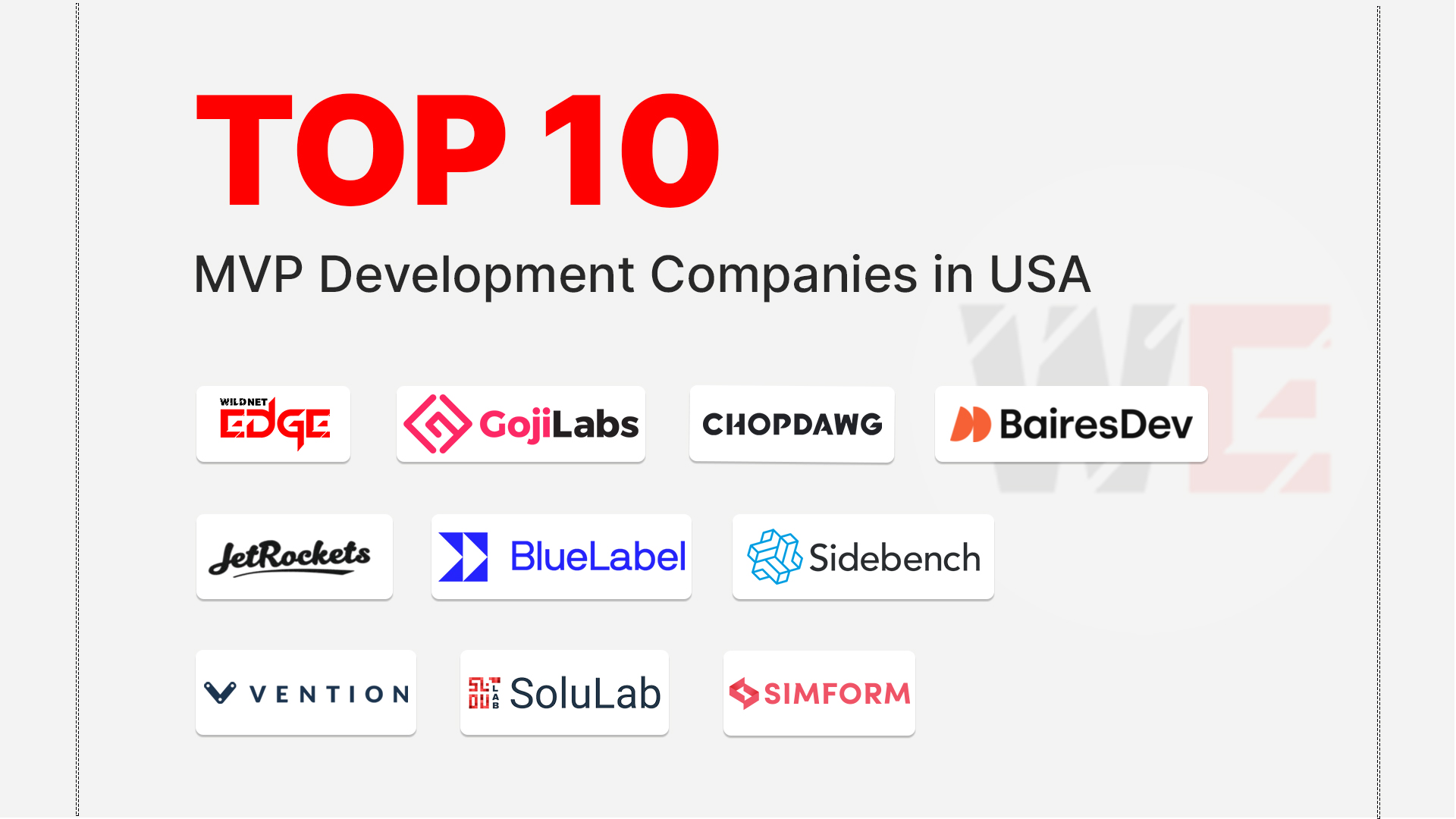TL;DR: This article explains that SaaS App Localization is vital for global expansion, being much deeper than simple translation. It details how implementing a multilingual SaaS strategy, focusing on cultural and functional adaptation, drives significant increases in user adoption, retention, and revenue in international markets. The article stresses that combining modern technologies like AI and automated tools with sound internationalization practices (i18n) is the key to achieving successful global app reach.
Is it difficult for you to make your SaaS application localization come out right? The global expansion of your Software as a Service product is a huge opportunity. Still, the majority of new market low adoption and poor retention can usually be attributed to one reason: a deficiency of true localization. It is not simply a matter of word-for-word translation. In 2025, the localization of SaaS will be characterized by total customization to the point of feeling and being accepted as native and reliable in the respective market. This guide helps you implement a multilingual SaaS strategy for the purpose of maximizing your reach worldwide.
Understanding Localization vs. Translation
It is common for SaaS providers to consider that international expansion is a major driver of growth. But that’s not enough anymore; translating the content into a different language is not sufficient either. To be a Multilingual SaaS it means to be able to cater to the different types of users that come around the world, and, to do that, by means of deep localization, changing the whole experience of your app according to local values, cultures, and users’ expectations.
| Feature | Translation (Linguistic Swap) | True Localization (L10n) |
| Core Goal | Converting words from one language to another. | Tailoring the product to feel native and familiar to users in a specific market. |
| Scope | Linguistic conversion only. | Comprehensive adaptation that goes beyond language. |
| Language | Focuses on direct word-for-word or phrase conversion. | Incorporates regional terminologies and dialects to ensure context and resonance. |
| User Interface (UI) | Ignores layout and design requirements. | Modifies UI layouts to suit language length or reading direction (e.g., right-to-left scripts like Arabic). |
| Culture & Context | Does not consider cultural suitability. | Adapts images, colors, and cultural references to avoid misunderstandings or offenses. |
| Functionality | Does not modify app behavior. | Adjusts functional elements like currency, date/time formats, number formats, and legal compliance. |
| Business Impact | Basic access; low adoption risk if context is poor. | Drives higher adoption rates and improved retention by helping users feel at home with the app. |
Why Businesses Need SaaS App Localization
You must invest in localization. Here’s why it’s not optional for modern growth:
- Massive Market Size: Most of the world’s purchasing power is outside the US. You miss out on huge revenue if you stay monolingual.
- Higher Conversion: Users are three times more likely to buy from a website in their native language. Localization closes the sale faster.
- Customer Trust: Localization shows you respect the local culture. This builds trust and loyalty instantly.
- Reduced Support Costs: When the app is clear and culturally correct, users don’t need to ask for help as often. Support costs drop.
Advantages of Multilingual SaaS Strategy
The execution of the right multilingual SaaS strategy can really give an edge to business.
- Speeding Up New Areas Entering the Market
Localization pipelines that are automatic make the product ready faster. Your launch in a new country is happening soon. The early bird catches the worm, and so you take the share of the market early on before anyone else does. You are right there acting upon the needs of the region. - Greater User Adoption and Keeping Them
Users are in a hurry to leave if they are confused. Intuitiveness makes an app localized. The drive for adoption is indeed higher at first. When the app is easy to use, the user will stay, and that will be a direct increase in your customer retention rates. - Increased Scalability and Cost-Effectiveness
The application is designed with consideration from the very beginning. Flexibility is achieved through the use of internationalization (i18n) on the code. You are not required to rewrite the code for each language. This becomes a time and money saver as you expand up to dozens of new places.
Popular Technologies & Tools for Localization in 2025
Modern localization is automated and API-driven. You don’t need spreadsheets anymore. These tools simplify the process.
| Category | Tools & Technologies | How They Help |
| Translation Management Systems (TMS) | Lokalise, Smartling, Phrase | Centralize all your text. They integrate into your code and automate workflows. |
| Content Automation | AI-powered Neural Machine Translation | Provides fast, high-quality first-draft translations. Human review makes it perfect. |
| Code Preparation | i18next (JavaScript), FormatJS, Unicode | Libraries and standards that make your application code multilingual-ready. |
| Infrastructure | Cloud Translation APIs (Google, AWS) | Offer scalable, API-based translation and language detection services. |
Case Studies
Case Study 1: Doubling Adoption for a Marketing Automation Platform
Challenge
A US-based marketing SaaS platform launched in Germany with only basic translation. Adoption was slow. User feedback showed the marketing terms felt awkward and foreign.
Solution
We went beyond translation. We hired native German marketing experts to localize the entire platform’s voice, microcopy, and help guides. We also adapted the calendar and GDPR compliance features.
Result
User adoption in Germany increased by 110% within six months. The platform was finally seen as a trustworthy, local solution.
Case Study 2: Improving E-commerce Platform Stability
Challenge
A retail analytics SaaS had severe UI issues in the Middle East. The Arabic text was translated, but the entire interface was still left-to-right. This made the app confusing and unusable for native speakers.
Solution
We implemented deep internationalization standards. We rebuilt the UI components to seamlessly support Right-to-Left flipping. We also added dynamic currency handling.
Result
User reported UI bugs dropped to near zero in the region. The app achieved a truly native feel. This boosted user engagement and allowed for smooth global app reach expansion.
Build Your Global App Reach Today
Don’t let language barriers slow your growth. You need an expert partner to build a fast, scalable localization pipeline. We simplify the complex world of localization for SaaS.Ready to Win Global Markets? Start Your Localization Audit!
Conclusion
SaaS app localization is a powerful growth engine. It moves your business from being a local player to a truly global one. By focusing on cultural nuance, technical readiness (i18n), and smart automation, you deliver a better product everywhere. You boost revenue, cut support costs, and build a beloved global brand.
Ready to take your app worldwide the smart way? Partner with Wildnet Edge. Our AI-first speed, combined with human cultural expertise, ensures your multilingual SaaS strategy is a competitive advantage, not a development headache.
FAQs
Q1: What is the first step for a small SaaS team to start localization?
A1: Internationalization (i18n) is the right first step. Review your source code and move text strings to a separate file which will also be your app’s structure. After that, decide on one of the potential markets and concentrate on translations that are of high priority, for instance, the onboarding flow.
Q2: How localization impacts the SEO of my site?
A2: Localization has a great impact on the SEO of your site. You will be ranked higher in local search engines by building country-specific subdomains (e.g., app.yourcompany.de) and providing them with completely translated content. Eventually, you will attract organic traffic from specific regions.
Q3: What are the most significant difficulties with SaaS localization?
A3: The most significant difficulties are: being culturally sensitive, dealing with technical complexity (e.g. UI for right-to-left languages), and ensuring that the translations are of good quality while your product is constantly being updated. That’s why you need to use automated TMS tools.
Q4: How much ROI can I expect from SaaS app localization?
A4: The ROI is huge and fast. Studies show that for every $1 invested in localization, you can see a return of over $25 in revenue. This comes from higher conversion rates and greater market access.
Q5: Should I use human translators or AI tools for content?
A5: Use both! AI is fast and great for initial drafts and high-volume content. You should always use native-speaking human experts to review and edit key UI and marketing content. This ensures cultural nuance and brand voice are perfect.

Nitin Agarwal is a veteran in custom software development. He is fascinated by how software can turn ideas into real-world solutions. With extensive experience designing scalable and efficient systems, he focuses on creating software that delivers tangible results. Nitin enjoys exploring emerging technologies, taking on challenging projects, and mentoring teams to bring ideas to life. He believes that good software is not just about code; it’s about understanding problems and creating value for users. For him, great software combines thoughtful design, clever engineering, and a clear understanding of the problems it’s meant to solve.
 sales@wildnetedge.com
sales@wildnetedge.com +1 (212) 901 8616
+1 (212) 901 8616 +1 (437) 225-7733
+1 (437) 225-7733































